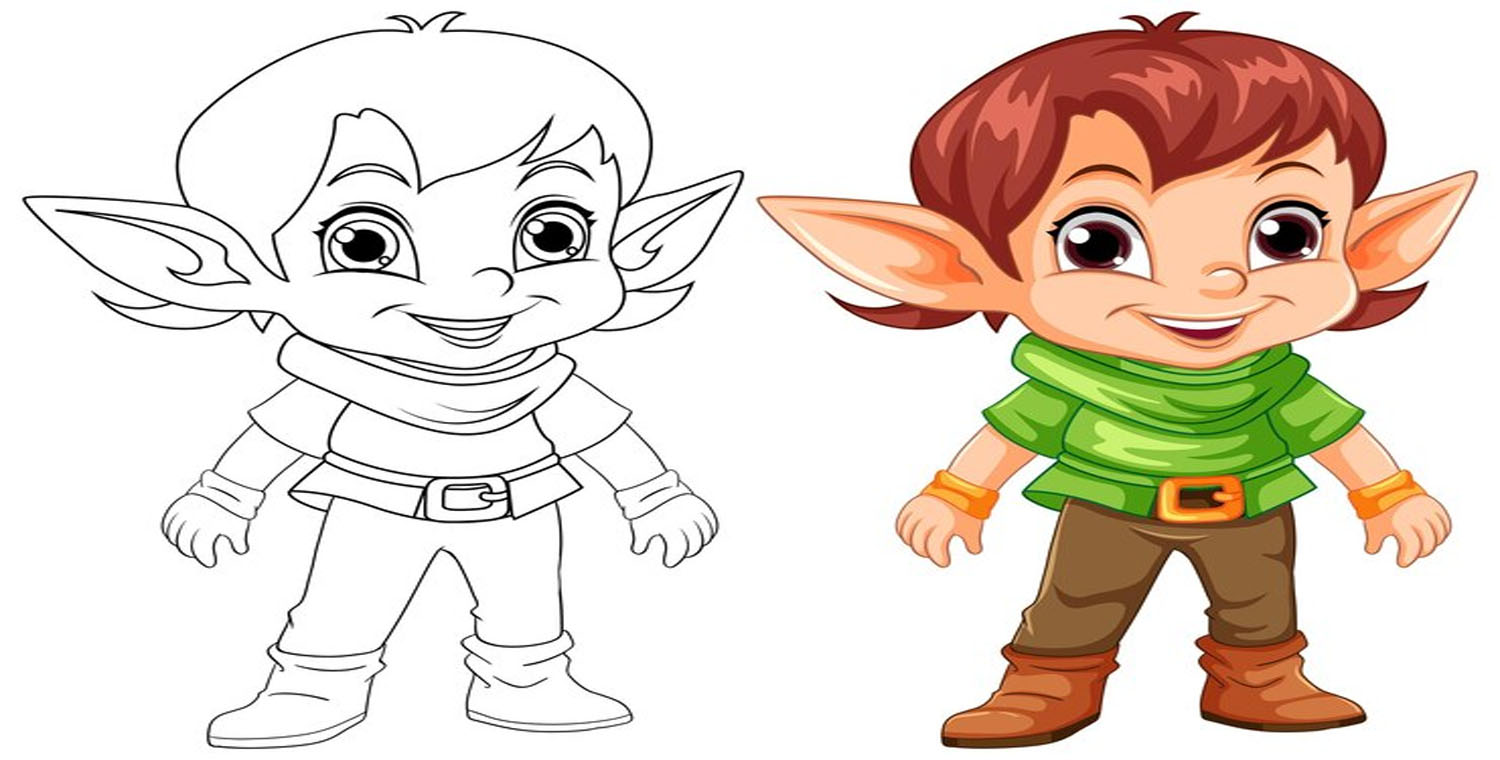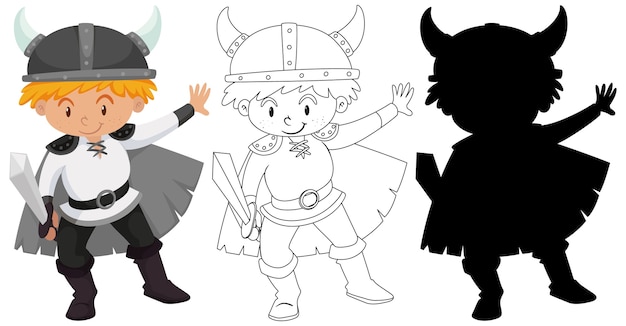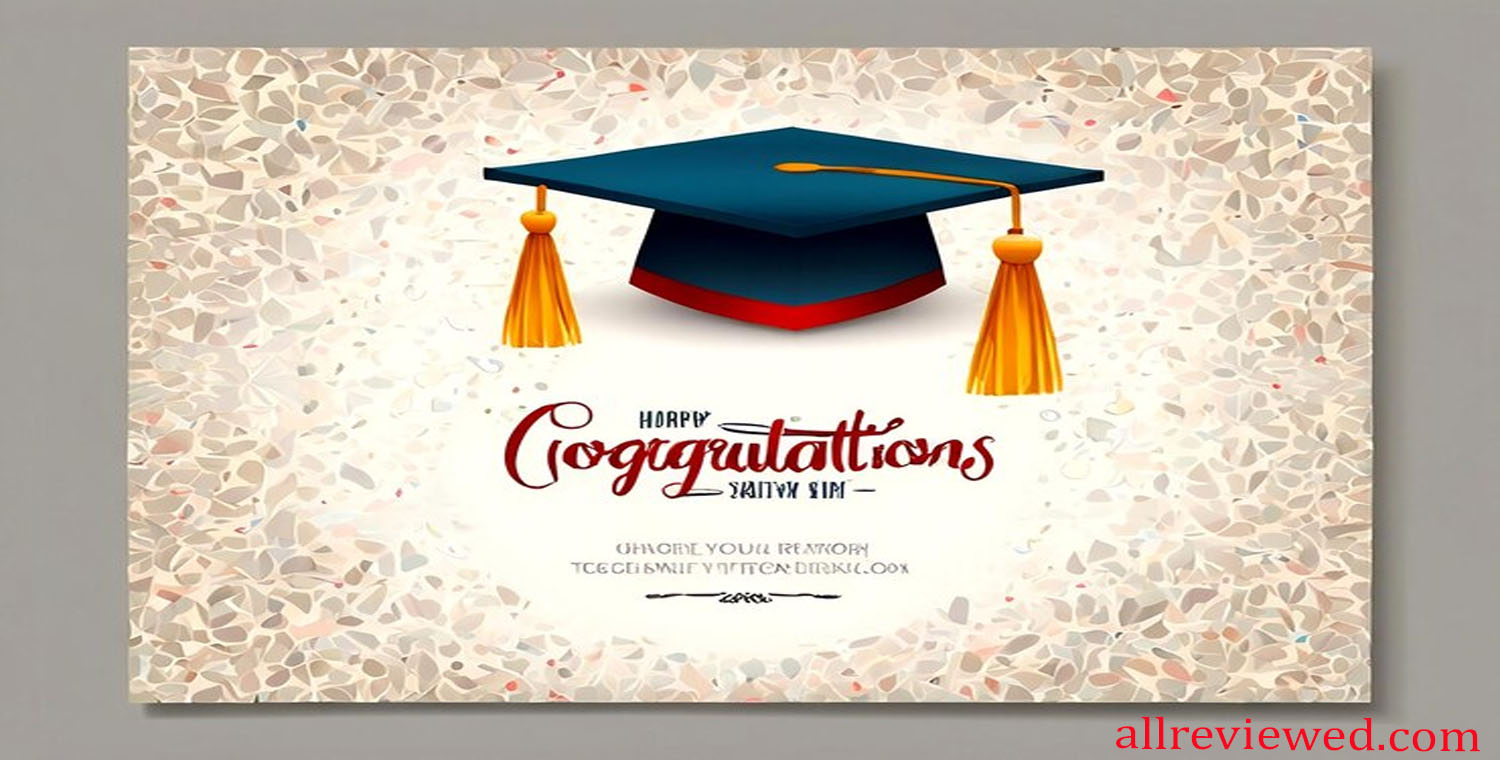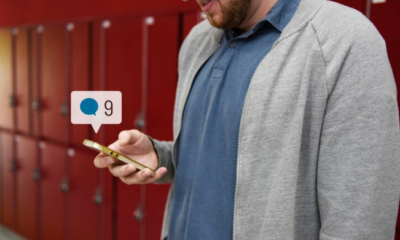Blog
Dibujod: Exploring the Art and Techniques of Drawing

Drawing, or dibujod in Spanish, is an essential form of artistic expression that has captivated humanity for centuries. Whether for artistic purposes, technical illustrations, or personal expression, dibujod plays a vital role in various fields. This article delves into the meaning, techniques, tools, and significance of dibujod, highlighting its importance in both the art world and everyday life.
What is Dibujod?

Dibujod refers to the act of drawing, a practice that involves creating images on a surface using various tools. This simple yet profound act serves multiple purposes, from conveying ideas to documenting observations or creating purely imaginative works. Dibujod can take many forms, including sketches, illustrations, technical drawings, and more.
Historical Context of Dibujod
Drawing has a rich history that dates back to prehistoric times. Early humans used charcoal and other natural materials to create images on cave walls, depicting animals and scenes from their daily lives. Over the centuries, dibujod has evolved, influenced by cultural, technological, and artistic developments.
- Ancient Civilizations: Civilizations such as the Egyptians and Greeks used drawing for religious, political, and artistic purposes. Hieroglyphics and detailed illustrations in manuscripts showcase the importance of dibujod in conveying complex ideas and stories.
- Renaissance Period: The Renaissance marked a significant turning point for dibujod. Artists like Leonardo da Vinci and Michelangelo elevated drawing to a fine art, using it as a foundation for painting and sculpture. They emphasized the importance of observation and anatomy, transforming dibujod into a scientific study as well as an art form.
- Modern Era: In the contemporary world, dibujod continues to flourish, incorporating new techniques and technologies. Digital drawing, for example, has revolutionized the way artists create, allowing for greater flexibility and experimentation.
The Importance of Dibujod
1. A Foundation for Artistic Expression
Dibujod serves as the foundation for many forms of art. Artists often begin with sketches to plan their compositions, experiment with ideas, and refine their concepts. Understanding the principles of drawing is crucial for any aspiring artist, as it provides the skills necessary to create more complex works.
2. Communication and Visualization
In various fields, dibujod plays a critical role in communication. Architects, engineers, and designers use technical drawings to convey ideas and plans. These illustrations help bridge the gap between abstract concepts and tangible realities, making them essential for successful project execution.
3. Therapeutic Benefits
Drawing can also be a therapeutic practice. Engaging in dibujod allows individuals to express their emotions, reduce stress, and enhance their mental well-being. Many art therapists incorporate drawing exercises into their sessions to help clients explore feelings and communicate more effectively.
4. Education and Skill Development
Dibujod is a valuable tool in education, enhancing learning across various subjects. From illustrating scientific concepts to exploring historical events, drawing encourages critical thinking and creativity. Schools often include drawing activities to help students develop fine motor skills and visual literacy.
Techniques and Styles of Dibujod
1. Traditional Drawing Techniques
Traditional dibujod techniques involve various mediums and approaches. Some of the most common techniques include:
- Pencil Drawing: A versatile and accessible medium, pencil drawing allows for precise control and shading. Artists can create everything from detailed sketches to soft, expressive lines.
- Ink Drawing: Using pens or brushes with ink can produce bold, graphic results. Ink drawings often emphasize line quality and contrast, making them popular in illustration and graphic design.
- Charcoal Drawing: Charcoal provides rich, deep blacks and a range of textures. Artists often use charcoal for expressive sketches and studies, as it allows for rapid mark-making and blending.
- Pastel Drawing: Pastels are vibrant and blendable, allowing artists to create soft, colorful drawings. This medium is ideal for capturing light and atmosphere.
2. Modern and Digital Techniques
With the advent of technology, dibujod has expanded to include modern techniques:
- Digital Drawing: Digital tools like graphic tablets and software (e.g., Adobe Photoshop, Procreate) allow artists to create drawings with precision and versatility. Digital dibujod enables easy editing, layering, and experimentation, making it a popular choice among contemporary artists.
- Mixed Media: Many artists combine traditional and modern techniques, incorporating various materials into their dibujod. Mixed media allows for unique textures and visual effects, enriching the overall artwork.
3. Styles of Dibujod
The style of dibujod can vary significantly, influenced by cultural, personal, and historical factors. Some notable styles include:
- Realism: A focus on accurate representation, realism aims to depict subjects as they appear in the real world. This style requires keen observation and technical skill.
- Abstract: Abstract dibujod emphasizes shapes, colors, and forms rather than realistic representation. Artists use abstraction to convey emotions and ideas, encouraging viewers to interpret the work subjectively.
- Cartooning: Cartooning is a playful and exaggerated style often used in comic books and animations. This style emphasizes humor, character design, and storytelling.
- Surrealism: Surrealist dibujod combines dream-like imagery with reality, exploring the subconscious mind. Artists create fantastical scenes that challenge perception and logic.
Tools and Materials for Dibujod
To engage in dibujod, artists require various tools and materials. Here are some essentials:
1. Drawing Instruments
- Pencils: Graphite pencils come in various hardness levels, allowing for different line qualities and shading techniques.
- Inks: Pens and brushes designed for ink work provide a range of line weights and effects.
- Charcoal: Available in different forms (sticks, pencils), charcoal allows for rich, expressive lines.
2. Surfaces
- Paper: Different types of paper cater to various techniques. Smooth paper is ideal for detailed work, while textured paper suits charcoal and pastel.
- Canvas: For artists transitioning to painting, canvas can also serve as a drawing surface for mixed media work.
3. Digital Tools
- Graphic Tablets: Devices like Wacom tablets allow for precise digital drawing.
- Software: Applications such as Adobe Illustrator and Corel Painter offer extensive features for creating digital art.
The Future of Dibujod
As technology advances, the future of dibujod holds exciting possibilities. Here are some trends to watch:
1. Increased Accessibility
With the rise of digital platforms, dibujod is becoming more accessible to a broader audience. Online tutorials, mobile apps, and social media platforms enable anyone to explore drawing, regardless of skill level.
2. Integration of Augmented Reality (AR)
Emerging technologies like AR are starting to influence dibujod. Artists can use AR tools to overlay their drawings in real-world settings, creating interactive experiences that engage viewers in new ways.
3. Community and Collaboration
Online communities and platforms for artists are thriving, fostering collaboration and support. Artists can share their work, receive feedback, and collaborate on projects, enhancing the creative process.
Conclusion
Dibujod is more than just a form of art; it is a fundamental means of communication, expression, and exploration. From its historical roots to its modern applications, dibujod continues to play a vital role in various fields, enriching lives and communities.
More Read:
Laowang4985 SE: A Comprehensive Guide to Its Impact and Community
Blog
7 Things You Need to Know About TikTok Influencer Marketing (with Global Brand Examples)

TikTok has transformed how brands connect with audiences. What started as a platform for dance trends and memes has become one of the most effective influencer marketing channels in the world. From indie beauty startups in Korea to global fashion brands in the US, TikTok’s creator community is now central to shaping what consumers buy, trust, and talk about.
Whether you’re a small business in Hong Kong or a multinational brand entering Southeast Asia, here are 7 essential things you need to know about TikTok influencer marketing—along with real examples of how brands are doing it right.
1. Micro-Influencers Are Winning Attention in Big Markets
You don’t need to hire a celebrity to make an impact on TikTok. In fact, many of the most effective campaigns use micro-influencers with 10K–100K followers. These creators often have stronger engagement rates and niche audiences.
In the US, skincare brand CeraVe successfully partnered with micro-influencers who shared personal skincare routines. The authentic, low-production-value videos outperformed glossy ads and helped make CeraVe one of TikTok’s most talked-about drugstore brands.
2. Localization Matters More Than Ever
A one-size-fits-all campaign rarely works on TikTok. Localization—both in content and creator selection—is crucial.
In Indonesia, brands like Wardah Cosmetics work with Muslim beauty creators to reflect cultural norms and everyday beauty practices. Meanwhile, in Japan, minimalist brands like MUJI collaborate with creators who focus on aesthetic home organization videos.
If you’re a Hong Kong-based seller trying to enter foreign markets via TikTok Shop, choosing the right local creator can drive faster traction than paid ads.
3. TikTok’s Creator Marketplace Makes It Easier to Collaborate
TikTok has an official Creator Marketplace where brands can search for influencers by country, category, engagement rate, and audience demographics. This tool is especially useful for small brands in places like Singapore or Vietnam looking to scale quickly without going through an agency.
By using the marketplace, you can manage collaborations, set campaign goals, and track performance in one place.
4. Live Shopping + Influencers = Real-Time Conversions
One of the most powerful formats on TikTok is live shopping. Influencers demonstrate products live, answer questions, and offer time-limited deals, creating urgency and trust.
In Thailand, popular beauty creators host nightly live shows featuring everything from serums to lip tints. Brands like Mistine and 4U2 have seen massive sales spikes during these sessions.
The combination of entertainment and eCommerce creates an experience that feels more like a recommendation from a friend than a traditional ad.
5. Trending Sounds Can Make or Break a Campaign
TikTok is an audio-first platform. Campaigns that ride the momentum of trending sounds or memes often outperform those that don’t.
A great example comes from South Korea, where fashion label Stylenanda launched a campaign with a trending K-pop sound. The result was thousands of user-generated outfit videos using the same audio, boosting both brand visibility and organic reach.
Staying culturally in tune with music and audio trends in each country is essential for campaign relevance.
6. Affiliate Marketing and Influencers Go Hand in Hand
TikTok Shop allows creators to earn commissions through affiliate links. This has turned many everyday creators into active sales agents.
In the Philippines, creators frequently promote gadgets, household items, and beauty tools from TikTok Shop, earning money on each sale. Brands benefit from viral traction without paying upfront fees—just a share of the revenue.
This affiliate model is now a major part of influencer marketing strategy for cost-conscious sellers.
7. Influencer Reviews Build Trust Faster Than Ads
On TikTok, product reviews feel real—because they often are. A genuine review from a creator can generate more trust than any professionally produced brand ad.
UK-based health brand MyProtein used this strategy to launch in Malaysia, working with fitness creators to review their products in short videos. Rather than polished endorsements, the creators shared their gym routines and honest opinions, driving authentic interest from local audiences.
The unfiltered, casual nature of TikTok content is exactly what makes it effective.
TikTok influencer marketing isn’t just a trend—it’s the new baseline for digital brand building across Asia, the US, and beyond. By working with creators who know their audience, respecting local culture, and leveraging features like live shopping and affiliate tools, brands can turn TikTok into a revenue-generating engine. Whether you’re launching a new product in Hong Kong, testing the waters in the US, or scaling in Southeast Asia, TikTok creators could be your most powerful sales team.
Blog
Graduation Wishes for Daughter – Congratulation Messages

Graduation is a significant milestone in a young woman’s life, marking the culmination of years of hard work, dedication, and growth. As a parent, expressing your pride and joy through heartfelt Graduation Wishes is a wonderful way to celebrate this achievement. This article will provide you with a variety of messages, from flirty to humorous, to help you convey your love and congratulations to your daughter on her special day.
Flirty Graduation Wishes Quotes

If you want to add a playful touch to your graduation wishes, consider these flirty quotes:
- “Congratulations, graduate! You’ve officially mastered the art of looking fabulous while studying hard!”
- “You’ve graduated! Now you can focus on being the amazing woman I always knew you’d be. Let’s celebrate!”
- “You’re not just a graduate; you’re a total catch! Can’t wait to see what you do next!”
Short and Sweet Graduation Wishes Messages
Sometimes, a simple message is all you need. Here are some short and sweet graduation wishes for your daughter:
- “Congratulations on your graduation! I’m so proud of you!”
- “You did it! Wishing you all the best in your next adventure!”
- “Your hard work has paid off! Happy graduation!”
Playful and Romantic Graduation Wishes Lines
For those who want to express their affection in a light-hearted way, these lines can do the trick:
- “You’ve graduated, and the world is your oyster! Go out there and shine, my beautiful daughter!”
- “Your future is as bright as your smile! Congratulations on this amazing achievement!”
- “You’ve worked so hard, and now it’s time to celebrate! Let’s make unforgettable memories together!”
Jokes About Graduation Wishes
A little humor can add joy to your graduation greetings. Here are some light-hearted jokes to share:
- “Why did the graduate bring a ladder to the ceremony? Because they wanted to reach new heights!”
- “What did the graduate say to their diploma? ‘You complete me!’”
- “Why did the student eat their homework? Because the teacher said it was a piece of cake!”
Graduation Wishes Messages to Make Her Smile
If you want to bring a smile to your daughter’s face, consider these cheerful messages:
- “Congratulations, my dear! Your hard work has paid off, and I couldn’t be prouder!”
- “You’ve achieved something incredible! Here’s to new beginnings and endless possibilities!”
- “Your graduation is just the beginning of a beautiful journey. I can’t wait to see where it takes you!”
How to Personalize Graduation Wishes Messages
Personalizing your graduation wishes can make them even more special. Here’s how:
Understanding Her Personality
Consider your daughter’s personality when crafting your message. Is she serious, playful, or romantic? Tailor your message to fit her style.
Incorporating Inside Jokes or Memories
If you have shared experiences or inside jokes, including them can create a sense of connection and warmth in your message.
Contact Allreviewed Team for Personalized Graduation Wishes Messages
If you’re looking for more tailored options, the Allreviewed team can help you craft the perfect graduation message that reflects your relationship and sentiments.
Who is the Allreviewed Team?
The Allreviewed team specializes in creating personalized messages for various occasions, including graduations. They understand the importance of heartfelt communication and can help you find the right words to express your pride and love.
How Allreviewed Helps You Craft Perfect Messages
With their expertise in message crafting, the Allreviewed team can provide you with unique ideas, templates, and personalized suggestions to ensure your graduation wishes are memorable and heartfelt.
FAQs About Graduation Wishes Messages
What makes a Graduation Wishes message special?
A special graduation message resonates with the recipient, reflects genuine pride, and acknowledges the significance of their achievement.
Can flirty messages be romantic too?
Absolutely! Flirty messages can carry a romantic undertone, especially when they express affection and playfulness.
Are jokes appropriate in a Graduation Wishes message?
Jokes can be a great way to lighten the mood, but ensure they are appropriate for the recipient and align with their sense of humor.
How do I keep Graduation Wishes messages fresh and unique?
To keep your messages fresh, consider personal anecdotes, shared memories, or even quotes that resonate with your daughter’s journey.
Where can I find more personalized Graduation Wishes quotes?
You can explore various online resources, including websites like Allreviewed, which offer a collection of graduation messages and quotes tailored to different situations. Additionally, social media platforms and forums can provide inspiration from others who have shared their experiences and sentiments.
Blog
Happy Boyfriend Day – Wishes, Messages, and Quotes

Boyfriend Day is a special occasion dedicated to celebrating the love and affection we share with our partners. It’s a day to express appreciation for the wonderful boyfriends in our lives and to remind them just how much they mean to us. Whether you want to send a flirty message, a heartfelt wish, or a playful quote, AllReviewed is here to help you craft the perfect message for your boyfriend. Here’s a guide to making Boyfriend Day memorable!
Flirty Boyfriend Day Quotes

If you want to add a playful touch to your Boyfriend Day wishes, consider these flirty quotes:
- “Happy Boyfriend Day! You must be a magician because whenever I look at you, everyone else disappears!”
- “To my handsome boyfriend, Happy Boyfriend Day! You’re the reason I believe in love at first sight.”
- “Happy Boyfriend Day! If kisses were snowflakes, I’d send you a blizzard!”
Short and Sweet Boyfriend Day Messages
Sometimes, a simple message can convey your feelings perfectly. Here are a few short and sweet Boyfriend Day messages:
- “Happy Boyfriend Day! You make my heart smile!”
- “Cheers to you on Boyfriend Day! I’m so lucky to have you!”
- “Happy Boyfriend Day! You’re my favorite person!”
Playful and Romantic Boyfriend Day Lines
For those who want to add a romantic flair to their messages, here are some playful lines:
- “Happy Boyfriend Day! You’re the peanut butter to my jelly, and I love you more than words can say!”
- “To my amazing boyfriend, Happy Boyfriend Day! You make every day feel like a fairytale.”
- “Happy Boyfriend Day! With you, every moment is a treasure, and I can’t wait to make more memories together!”
Jokes About Boyfriend Day
A little humor can lighten the mood and bring a smile. Here are some light-hearted jokes related to Boyfriend Day:
- “Why did the boyfriend bring a ladder to Boyfriend Day? Because he wanted to take their relationship to new heights!”
- “What did the girlfriend say to her boyfriend on Boyfriend Day? ‘You’re the best catch since I caught you!’”
- “Why did the boyfriend get a job at the bakery? Because he kneaded the dough to buy his girlfriend a cake for Boyfriend Day!”
Boyfriend Day Messages to Make Him Smile
Sending a thoughtful message can brighten your boyfriend’s day. Here are some Boyfriend Day messages designed to make him smile:
- “Happy Boyfriend Day! You make my life so much brighter just by being in it!”
- “Wishing you a fantastic Boyfriend Day! You deserve all the love and happiness in the world!”
- “Happy Boyfriend Day! Thank you for being you—funny, sweet, and oh-so-amazing!”
How to Personalize Boyfriend Day Messages
Personalizing your Boyfriend Day messages can make them even more meaningful. Here’s how to do it:
Understanding His Personality
Consider your boyfriend’s personality when crafting your message. Is he serious, playful, or romantic? Tailor your words to resonate with him.
Incorporating Inside Jokes or Memories
Adding inside jokes or shared memories can create a unique connection. Reference a funny moment or a cherished experience to make your message special.
Contact AllReviewed Team for Personalized Boyfriend Day Messages
If you’re looking for more personalized messages, the AllReviewed team is here to help! We specialize in crafting messages that resonate with your loved ones.
Who is the AllReviewed Team?
The AllReviewed team consists of creative writers and relationship experts dedicated to helping you express your feelings through words. We understand the importance of connection and strive to provide you with the best Boyfriend Day messages.
How AllReviewed Helps You Craft Perfect Messages
At AllReviewed, we offer a variety of resources, including tips, examples, and personalized message crafting services. Whether you need a flirty line or a heartfelt note, we’ve got you covered.
FAQs About Boyfriend Day Messages
What makes a Boyfriend Day message special?
A special Boyfriend Day message is one that resonates with the recipient, evokes positive emotions, and reflects genuine care and thoughtfulness.
Can flirty messages be romantic too?
Absolutely! Flirty messages can carry a romantic undertone, making them perfect for expressing affection while keeping things light and fun.
Are jokes appropriate in a Boyfriend Day message?
Yes! A well-placed joke can add humor and warmth to your message, making it more enjoyable for the recipient.
How do I keep Boyfriend Day messages fresh and unique?
To keep your messages fresh, mix up your style, incorporate new quotes, and personalize them based on current events or shared experiences.
Where can I find more personalized Boyfriend Day quotes?
You can find more personalized quotes and messages by exploring various online resources, including relationship blogs, social media platforms, and dedicated message crafting websites like AllReviewed. Additionally, consider reaching out to friends or family for inspiration or ideas that resonate with your boyfriend’s personality.
-

 Blog1 year ago
Blog1 year agoFree Public Domain Images for Commercial Use
-

 Blog1 year ago
Blog1 year agoLove Shayari in English: An In-Depth Guide
-

 Blog1 year ago
Blog1 year ago“Unveiling Vergando: Navigating the Dynamics of Modern SEO”
-

 Blog12 months ago
Blog12 months agoA Comprehensive Guide to Sveston Watches: Style, Features, and Buying Tips
-

 Blog1 year ago
Blog1 year ago“Unleashing Envy: How to Make Spencer Bradley Jealous”
-

 Blog1 year ago
Blog1 year agoUnlocking the Power of Opera GX Twitter: A Comprehensive Guide
-

 Blog1 year ago
Blog1 year agoStages: Navigating Life’s Phases
-

 Blog1 year ago
Blog1 year agoArrow Tattoos: A Comprehensive Guide
